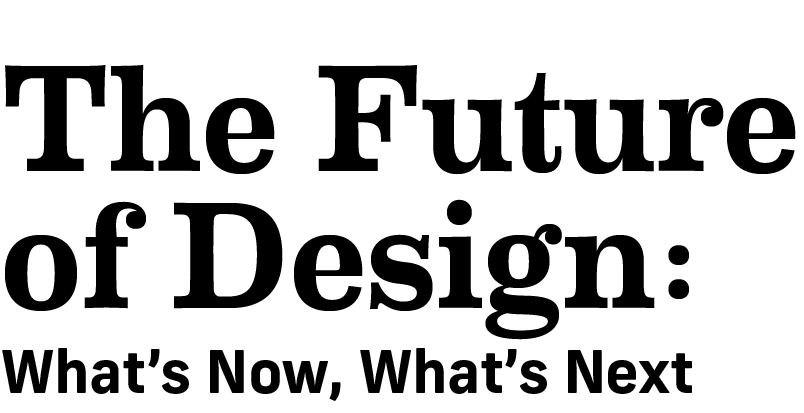Lively Weiße Dame Gronau, in Gronau, Germany
A historically protected 1910 landmark building, the “Weiße Dame” (“White Lady”), named for its history as a cotton-spinning factory, has a new life as an intergenerational community in Gronau, Germany.
Opened in December 2024, Lively Weiße Dame Gronau houses 117 units and is part of a new mixed-use neighborhood, which includes medical offices, a kindergarten, shops, and offices. Interior design firm JOI-Design (Hamburg, Germany) worked with Owner Weiße Dame Gronau GmbH & Co. KG (Nordhorn, Germany) to deliver a lifestyle-focused community that provide opportunities for intergenerational experiences.
Public amenity spaces include a reception area, grab-and-go retail shop, art studio, shared kitchen, coworking area, relaxation room with library, and salon. At Lively’s café, an open-plan layout with communal tables encourages different ages to dine together and form friendships, plus locals can join residents in a shared kitchen for cooking classes. Outdoor spaces include a patio accessible from the lobby, rooftop garden and terrace, and rooftop sauna with an outdoor shower and sun deck.
Additionally, the four-story community houses five furnished guest apartments on the first floor that can be rented nightly by residents’ family and friends or independent travelers.
Lively pays homage to industrial roots
The project team took inspiration from the industrial building for the interior design. For example, the interior glass walls around the courtyard are a contemporary interpretation of the factory’s original glazing, which couldn’t be preserved due to corrosion of the original cast-iron frames. Original machines used for textile fabrication are also interspersed as decorative elements throughout the communal areas.
Featuring a relaxed, modern aesthetic, the community includes predominantly light wood tones, clean lines, and soft textured fabrics to create an airy, contemporary feel. Splashes of color including espresso-colored millwork, jewel-toned fabrics, and terracotta-hued walls serve as visual cues to help aging residents identify and navigate each space, including dining and lounge areas.
Setting sustainability goals in an adaptive reuse project
The 183,000-square-foot community was designed according to the German Sustainable Building Council’s Deutsche Gesellschaft für Nachhaltiges Bauen standards for creating environmentally responsible structures, including Environmental, Social and Governance (ESG) principles defined by the United Nations Global Compact guidance for furniture, flooring, and wallcoverings with recyclable components.
As part of the Weiße Dame Quarter, the project was also built to German KfW Effizienzhaus 40 EE sustainability standards, a requirement for development projects that receive funding assistance from the German government. The standards outline that the building could consume a maximum of 40 percent of the primary energy demand of a comparable reference building.
Renewable energy sources and ventilation systems using heat recovery methodologies helped achieve this benchmark at Lively Weiße Dame Gronau.
Lively Weiße Dame Gronau project details
Project location: Gronau, Germany
Completion date: December 2024
Owner: Weiße Dame Gronau GmbH & Co. KG
Total building area: 183,000 sq. ft.
Total construction cost: $57.7 million
Architect: Gesamtwerk Architektur
Interior designer: JOI-Design Innenarchitekten
General contractor: Lühn Bau
Engineer: Bode Planungsgesellschaft für Energieeffizienz m.b.H., Münster (structural, environmental, HVAC, sustainability)
Art consultant: Wurm Design
Art/pictures: Wurm Design
Carpet/flooring: Object Carpet and Interface (carpet tiles), Weitzer Parkett (wooden floors), Windmöller (vinyl floors)
Ceiling/wall systems: Knauf
Doors/locks/hardware: Salto
Fabric/textiles: Fine Fabrics, Camira, Delius, Kobefab, JAB, Englisch Dekor
Furniture—seating/casegoods: Very Wood, Muuto, Puik Design, May Design GmbH, Mister Wils
Handrails / wall guards: Bespoke by general contractor
Lighting: Hay, Muuto, Wever & Ducré, Ateljé Lyktan, Lucide, BuzziSpace, AYTM Gran Living, Neonskiltet
Signage/wayfinding: Arne Faschinka, Hamburg
Surfaces—solid/other: Pfleiderer, LX Hausys
Wallcoverings: Marazzi and Equipe Ceramicas (wall tiles), Photowall (wallpapers), Sikkens (paint coating)
Sanitary equipment: Rasselstein (prefabricated bathrooms), Geberit, VitrA, Grohe, HEWI (sanitaryware)
Project details are provided by the design team and not vetted by Environments for Aging.









